Welcome to The Zone! This article is Part 19 in the GardenTabs Zone Series, where we look at all USDA Plant Hardiness Zones and recommend the top 17 plants for your region.
Zone 10a
With average minimum temperatures ranging from 30 to 35 °F (-1.1 to 1.7 °C), this zone offers an ideal environment for a diverse range of plants.
Zone 10a includes areas in southern Florida, coastal regions of southern Texas, parts of Mexico (such as Baja California and the Yucatán Peninsula), various Caribbean islands, countries in Central and South America (such as Belize, Costa Rica, and Colombia), coastal areas of Africa (including Egypt, Kenya, and South Africa), parts of Asia (such as southern India and the Philippines), and northern regions of Australia.
These regions are characterized by long growing seasons, ample sunlight, and high humidity.
Here are 17 of the Best Plants to Grow in Zone 10a
1. Bird of Paradise (Strelitzia reginae)

Bird of Paradise is an iconic and striking plant that adds a touch of tropical elegance to Zone 10a gardens.
Its vibrant orange and blue flowers resembling a bird in flight, create a stunning focal point.
Bird of Paradise can tolerate temperatures as low as 30 °F (-1.1 °C) and prefers well-drained soil and full sun.
2. Plumeria (Plumeria spp.)
Plumeria, also known as Frangipani, is a fragrant and enchanting tree.

Its captivating and scented flowers in shades of white, pink, yellow, and red create a delightful sensory experience.
Plumeria can tolerate temperatures as low as 30 °F (-1.1 °C) and prefers well-drained soil and full sun.
3. Coconut Palm (Cocos nucifera)
Coconut Palm is an iconic symbol of tropical landscapes and a must-have for Zone 10a gardens.
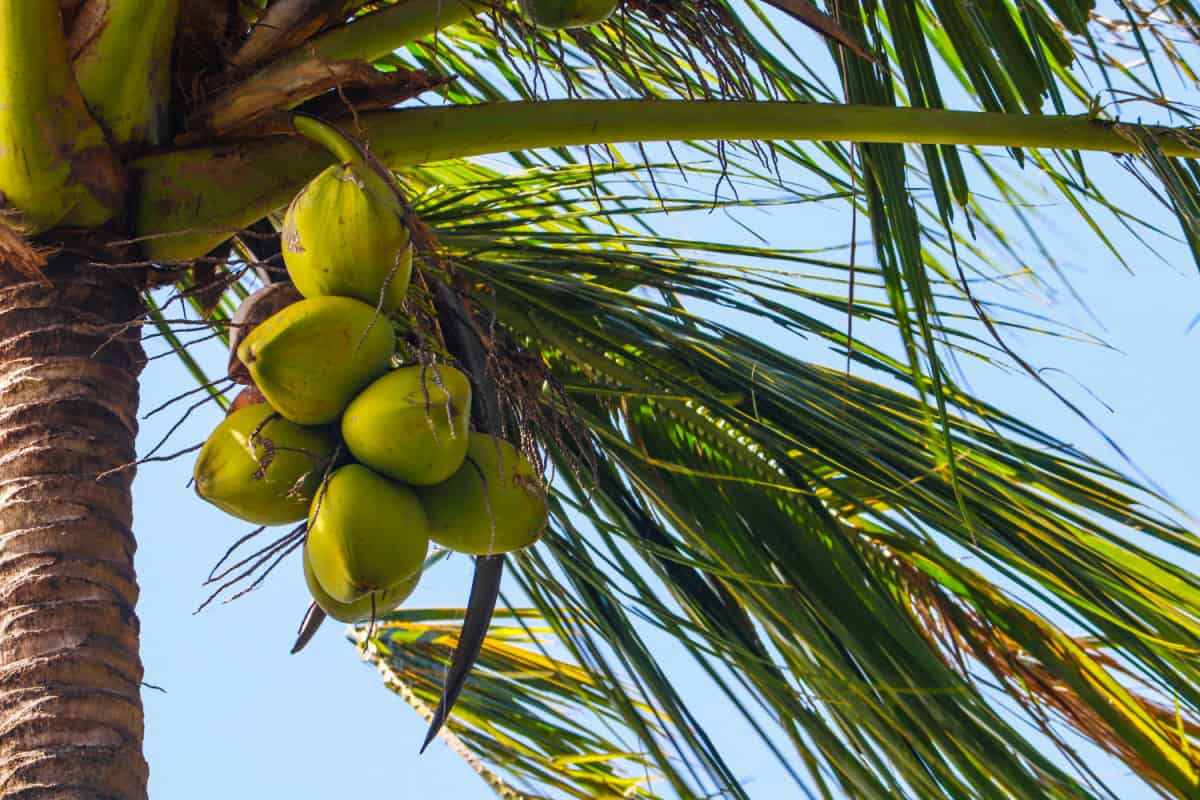
Its graceful, swaying fronds and the potential to produce coconuts bring a sense of paradise and relaxation to the garden.
Coconut Palm can tolerate temperatures as low as 30 °F (-1.1 °C) and prefers well-drained soil and full sun.
4. Ti Plant (Cordyline fruticosa)
Ti Plant, also known as Cordyline, is a vibrant and versatile plant that adds color and texture to Zone 10a gardens.

Its long, arching leaves in shades of green, red, pink, or purple creates a striking visual impact.
Ti plants can tolerate temperatures as low as 30 °F (-1.1 °C) and prefer well-drained soil and partial shade.
5. Red Ginger (Alpinia purpurata)
Red Ginger is an exquisite tropical plant that adds drama and elegance to Zone 10a gardens. Its long, vibrant red bracts and contrasting white flowers create a captivating display.
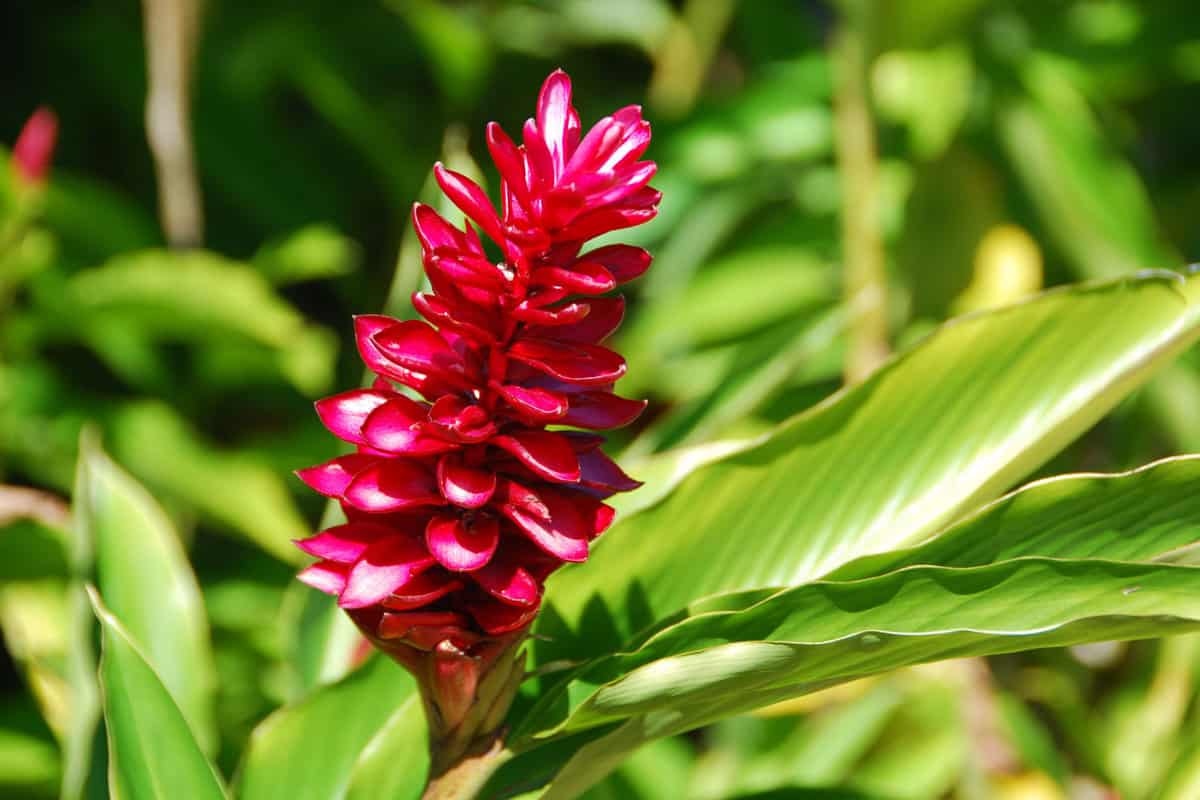
Red Ginger can tolerate temperatures as low as 30 °F (-1.1 °C) and prefers well-drained soil and partial shade.
6. Hibiscus (Hibiscus spp.)
Hibiscus is a beloved and showy flowering shrub that thrives in the warm and sunny climate of Zone 10a. Its large and vibrant blooms in various colors, such as red, pink, yellow, and white, add a burst of color and beauty to the garden.

Hibiscus can tolerate temperatures as low as 30 °F (-1.1 °C) and prefers well-drained soil and full sun.
7. Bougainvillea (Bougainvillea spp.)
Bougainvillea is a dazzling and resilient flowering vine that brings vibrant colors to Zone 10a gardens.
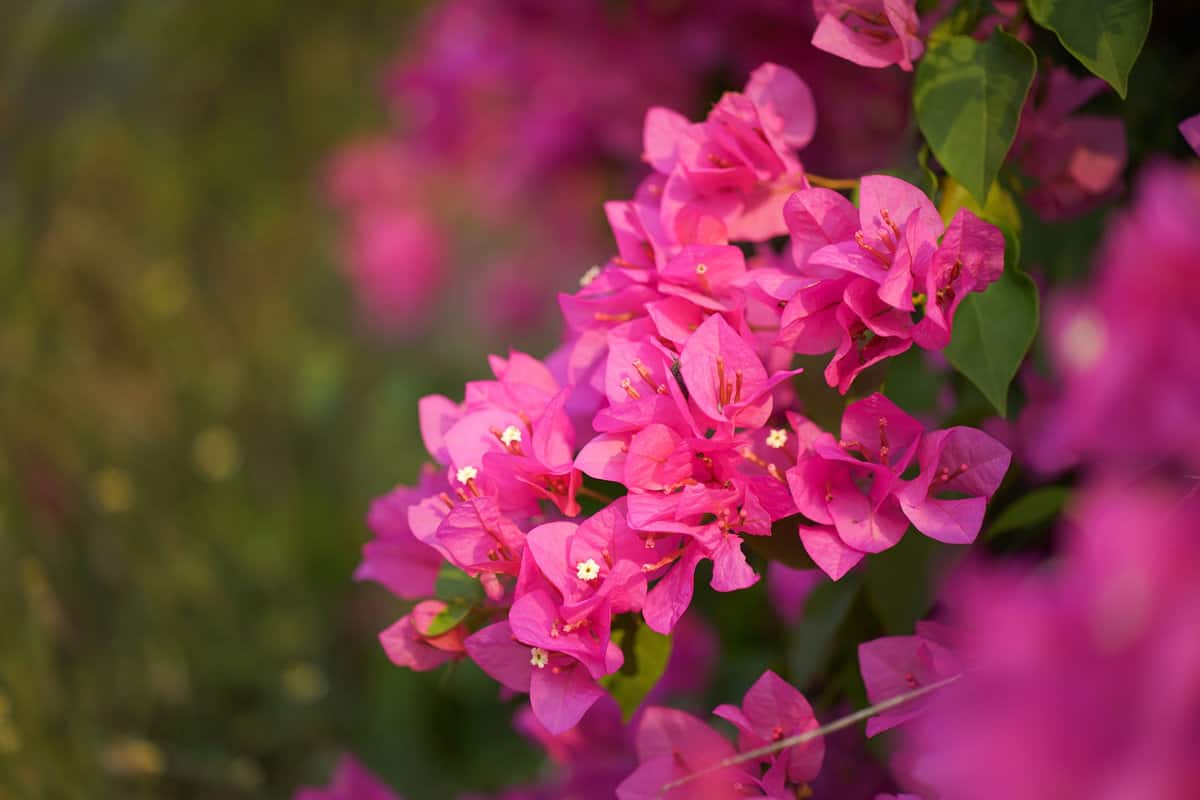
With its papery bracts in shades of pink, purple, orange, and red, it creates a stunning display of color and adds a touch of tropical charm to any landscape.
Bougainvillea can tolerate temperatures as low as 30 °F (-1.1 °C) and prefers well-drained soil and full sun.
8. Croton (Codiaeum variegatum)
Croton is a vibrant and eye-catching plant known for its colorful and variegated foliage. Its bold leaves in shades of red, orange, yellow, and green add a dramatic and tropical touch to Zone 10a gardens.
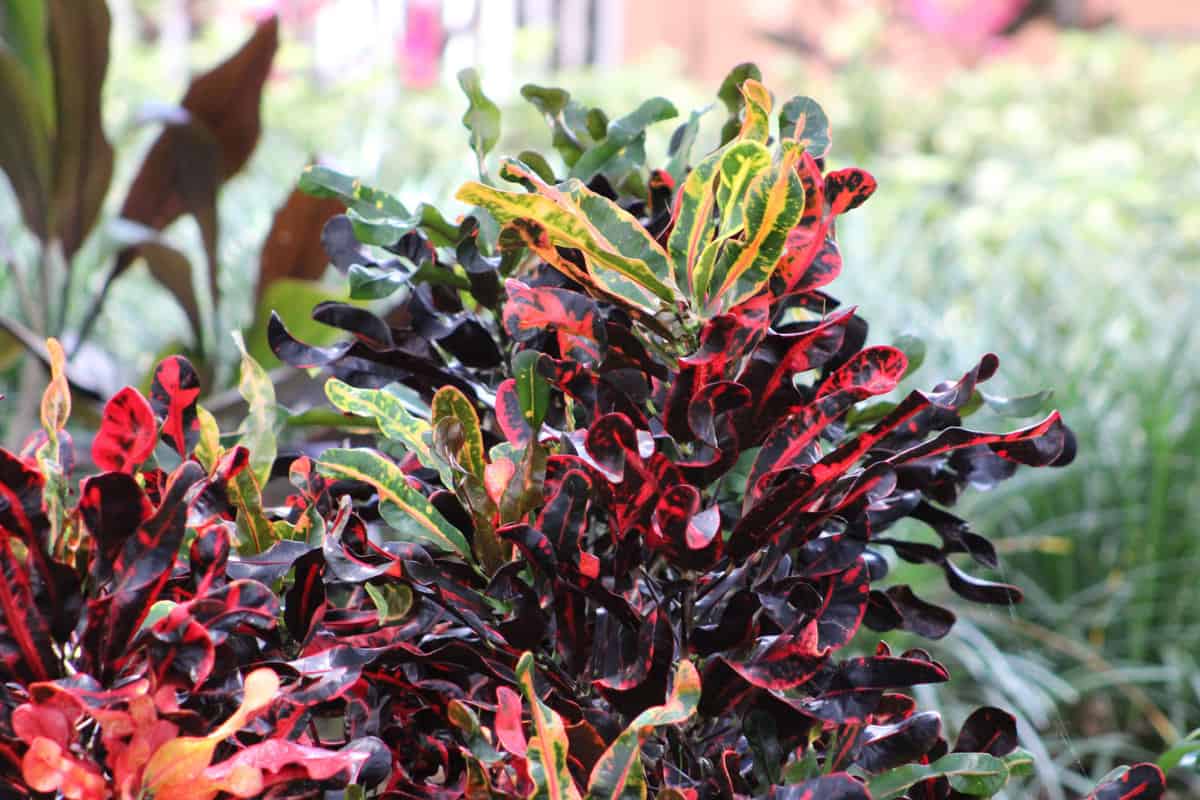
Croton can tolerate temperatures as low as 30 °F (-1.1 °C) and prefers well-drained soil and full sun.
9. Areca Palm (Dypsis lutescens)
Areca Palm is a graceful and popular palm tree. Its feathery fronds and slender trunks create a tropical ambiance and bring a sense of tranquility to the landscape.
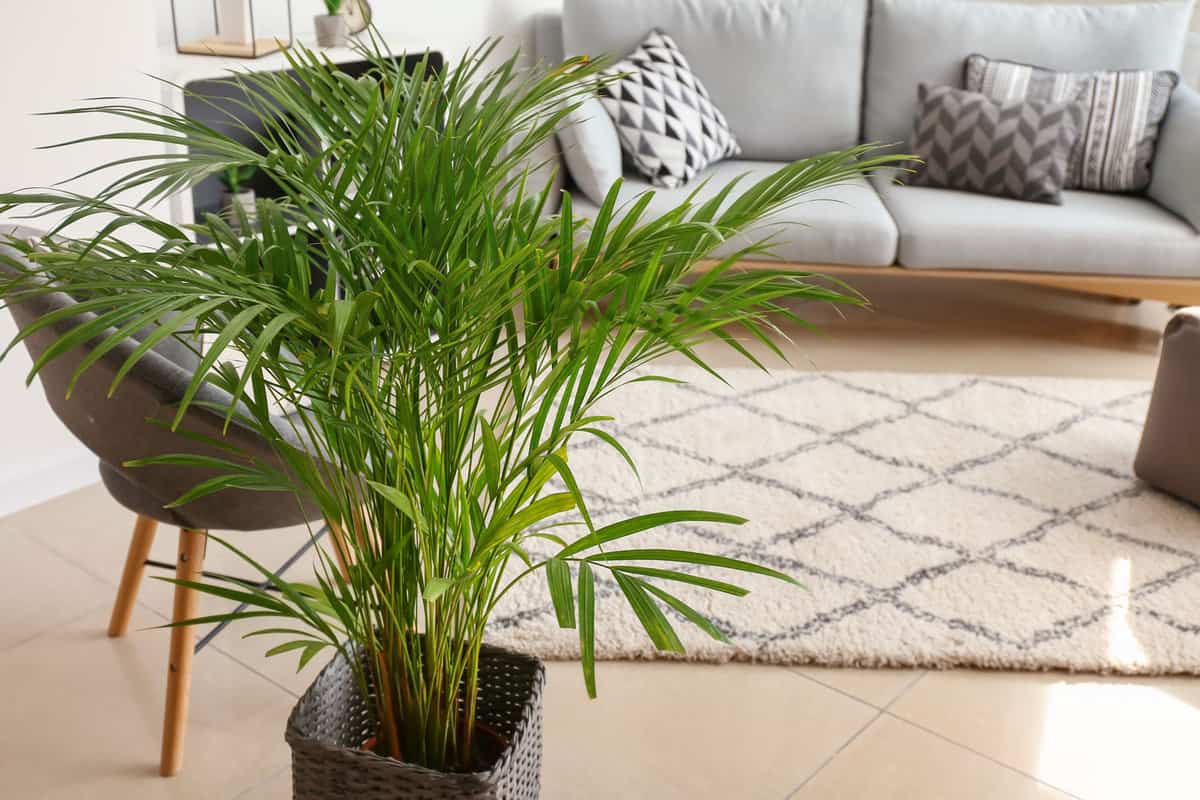
Areca Palm can tolerate temperatures as low as 30 °F (-1.1 °C) and prefers well-drained soil and partial shade.
10. Bromeliads (Bromeliaceae family)
Bromeliads are a diverse group of tropical plants in various sizes, shapes, and colors. They have vibrant foliage and a unique rosette-shaped growth habit.
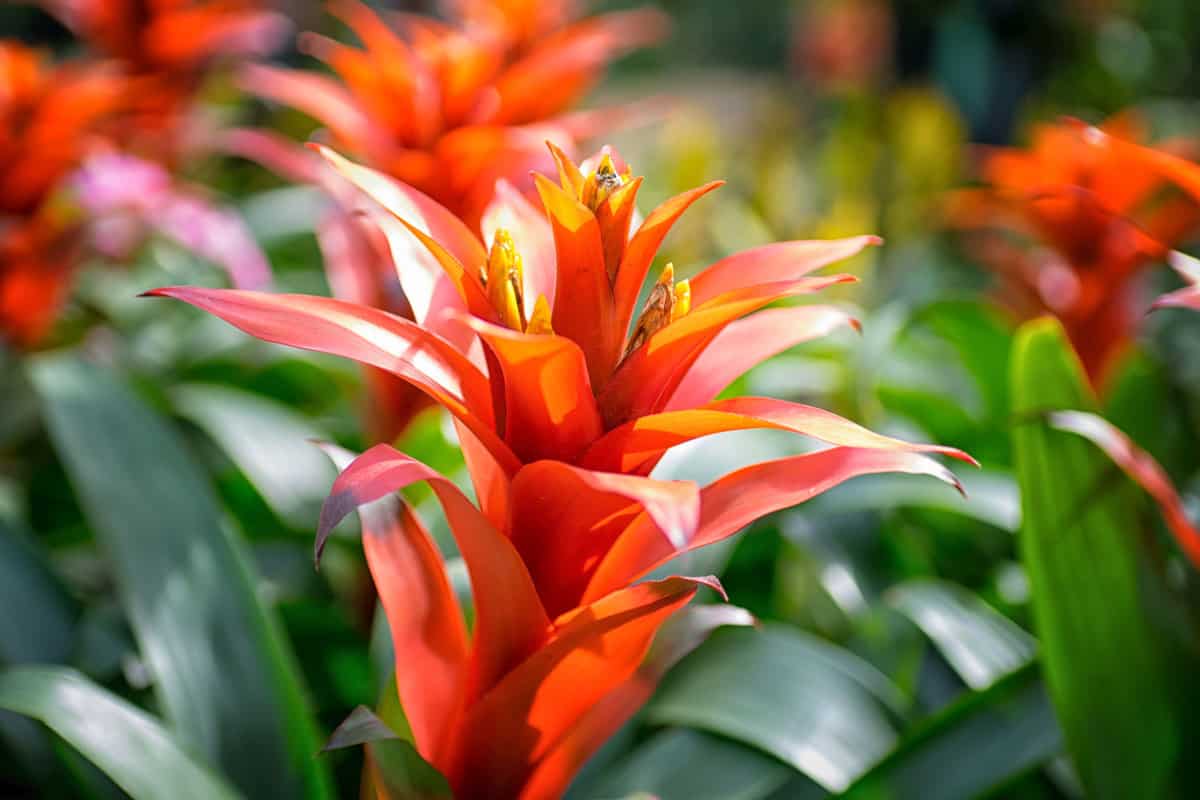
Bromeliads can tolerate temperatures as low as 30 °F (-1.1 °C) and prefer well-drained soil and filtered light.
11. Poinciana (Delonix regia)
Poinciana, also known as Flamboyant Tree or Royal Poinciana, is a spectacular flowering tree that creates a breathtaking display of color in Zone 10a.
Its fiery red or orange flowers add a touch of tropical splendor and elegance to the landscape.
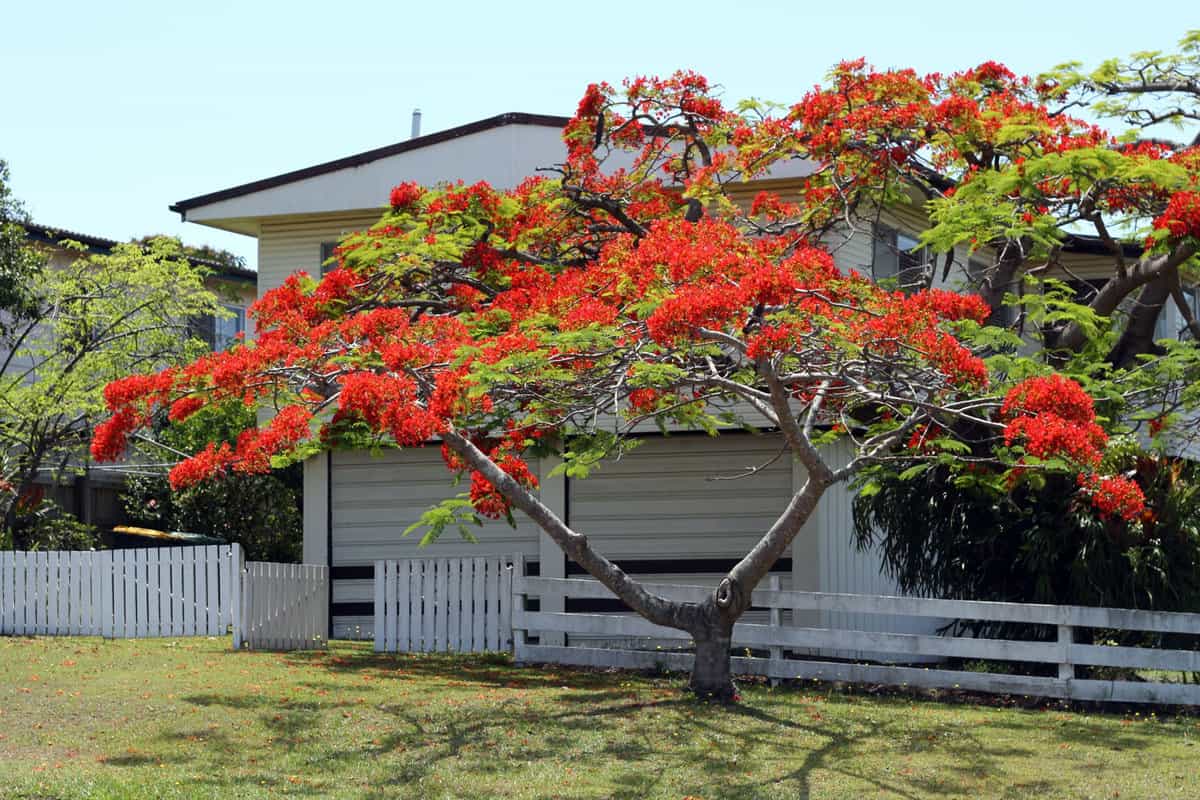
Poinciana can tolerate temperatures as low as 30 °F (-1.1 °C) and prefers well-drained soil and full sun.
12. Lantana (Lantana camara)
Lantana is a resilient and butterfly-attracting plant that thrives in the warm climate of Zone 10a.

Its clusters of vibrant flowers in shades of red, orange, yellow, pink, and white add a burst of color and bring pollinators to the garden.
Lantana can tolerate temperatures as low as 30 °F (-1.1 °C) and prefers well-drained soil and full sun.
13. Natal Plum (Carissa macrocarpa)
Natal Plum is a versatile and evergreen shrub that adds beauty and functionality to Zone 10a gardens. Its glossy, dark green leaves and fragrant white flowers create a lush and inviting atmosphere.
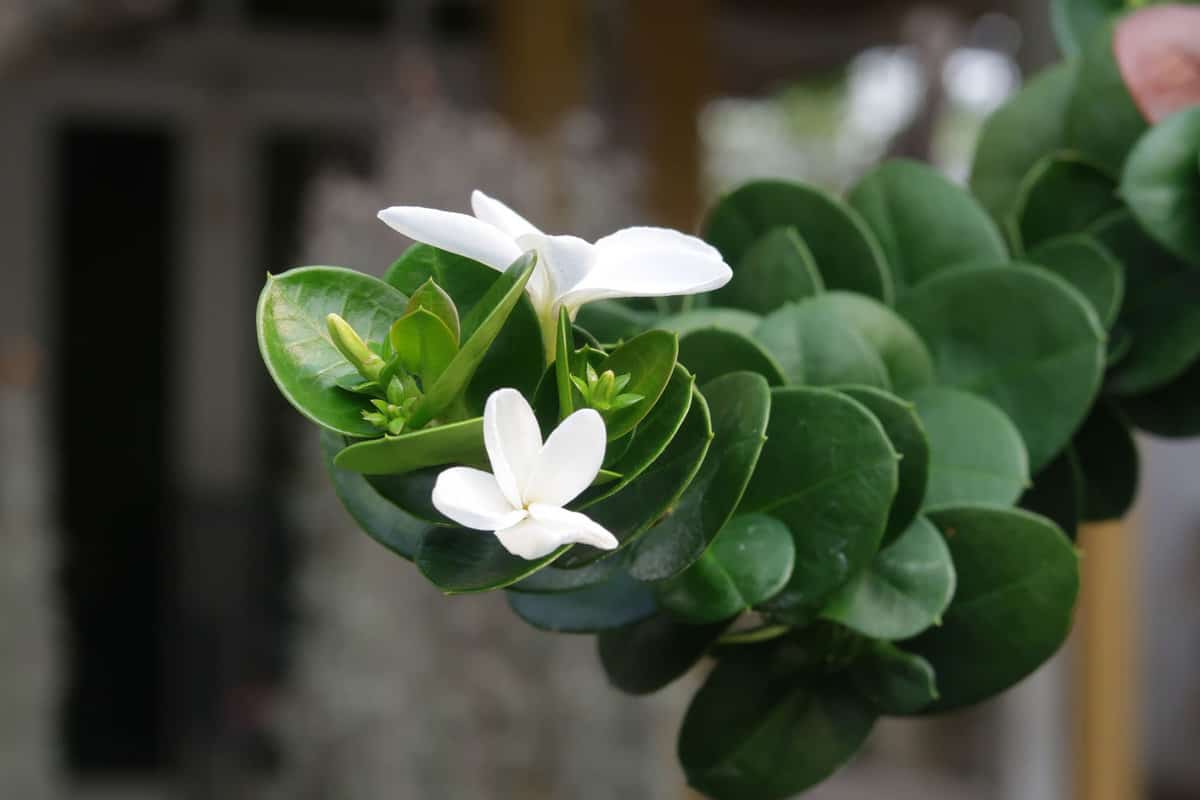
Natal Plum can tolerate temperatures as low as 30 °F (-1.1 °C) and prefers well-drained soil and full sun to partial shade.
14. Firebush (Hamelia Patens)
Firebush is a showy and wildlife-friendly shrub that thrives in the warm and sunny conditions of Zone 10a. Its tubular flowers in shades of red, orange, or yellow attract hummingbirds and butterflies to the garden.
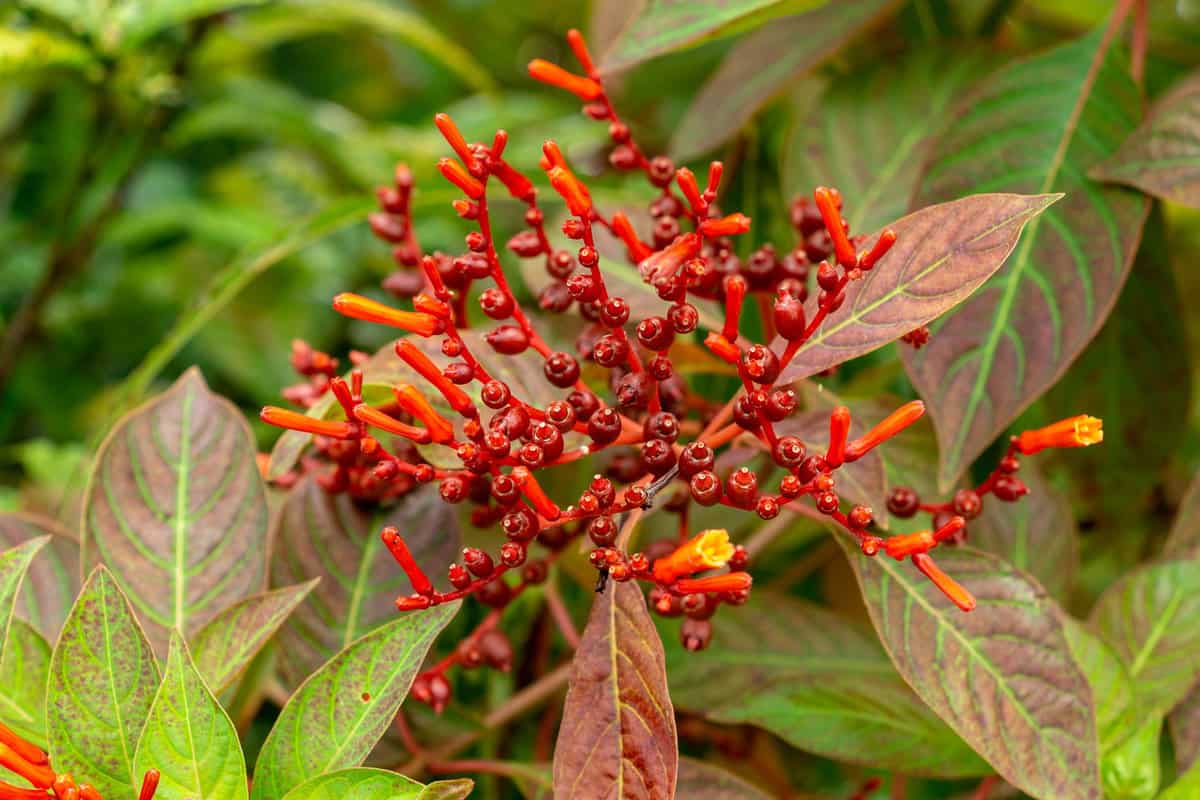
Firebush can tolerate temperatures as low as 30 °F (-1.1 °C) and prefers well-drained soil and full sun.
15. Princess Flower (Tibouchina urvilleana)
Princess Flower is a stunning and vibrant flowering shrub. Its large, velvety purple flowers create a captivating display of color and attract pollinators.
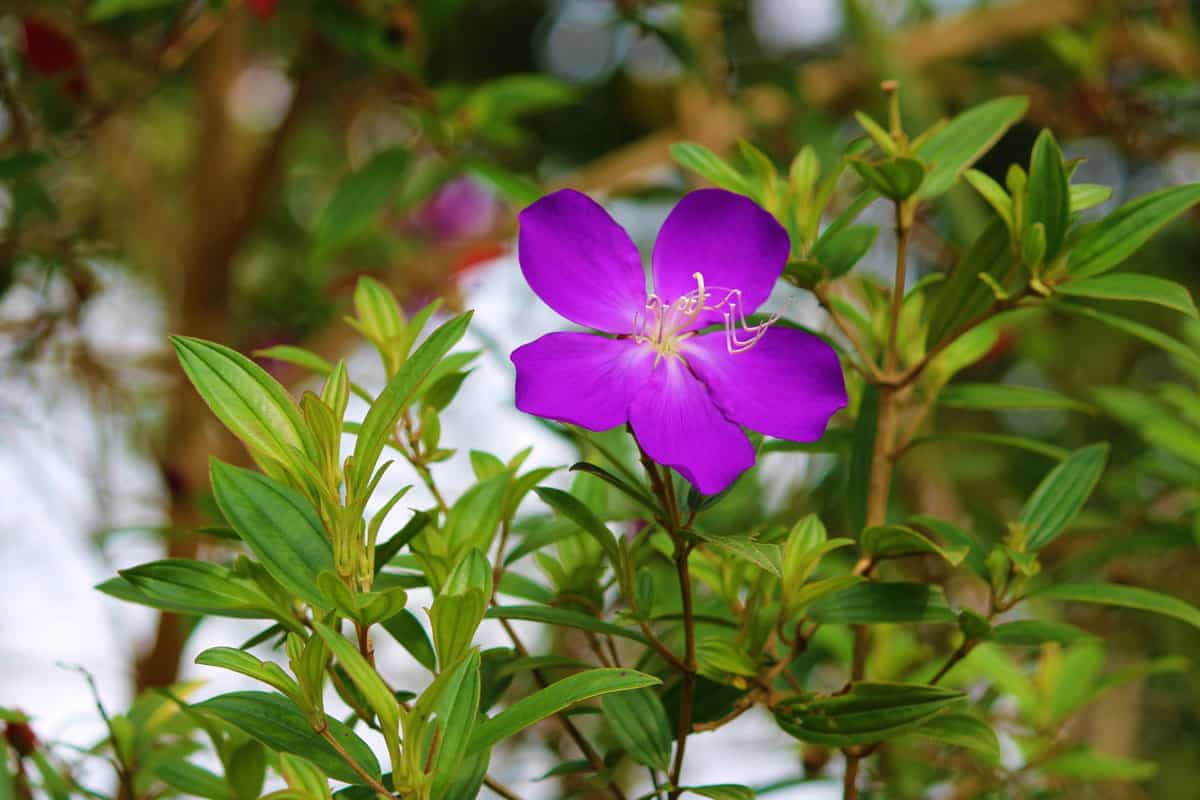
Princess Flower can tolerate temperatures as low as 30 °F (-1.1 °C) and prefers well-drained soil and full sun.
16. Cordyline (Cordyline spp.):
Cordyline is a versatile and visually appealing plant. Its long, arching leaves in shades of green, red, or purple creates a stunning focal point in both garden beds and containers.
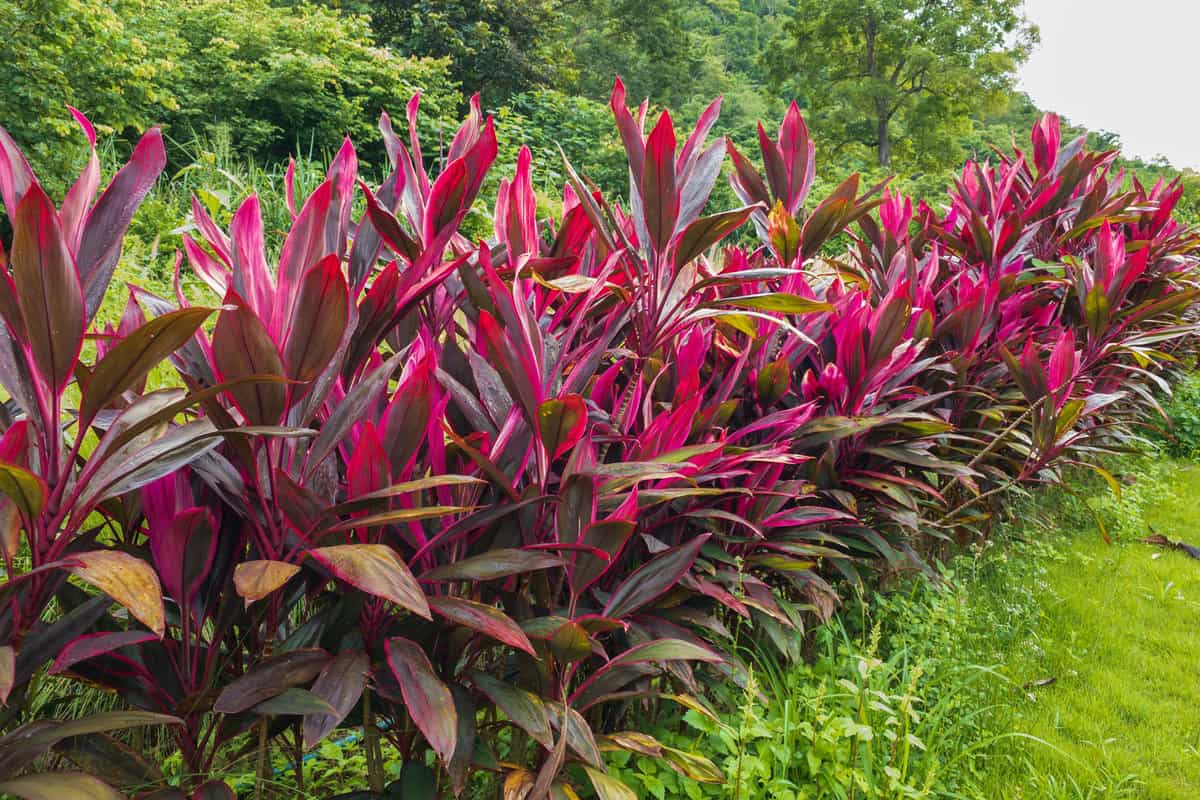
Cordyline can tolerate temperatures as low as 30 °F (-1.1 °C) and prefers well-drained soil and partial shade.
17. Yellow Elder (Tecoma stans)
Yellow Elder is a cheerful, drought-tolerant shrub that brings sunny yellow flowers to Zone 10a gardens. With its trumpet-shaped blooms, it adds vibrant color and attracts pollinators.
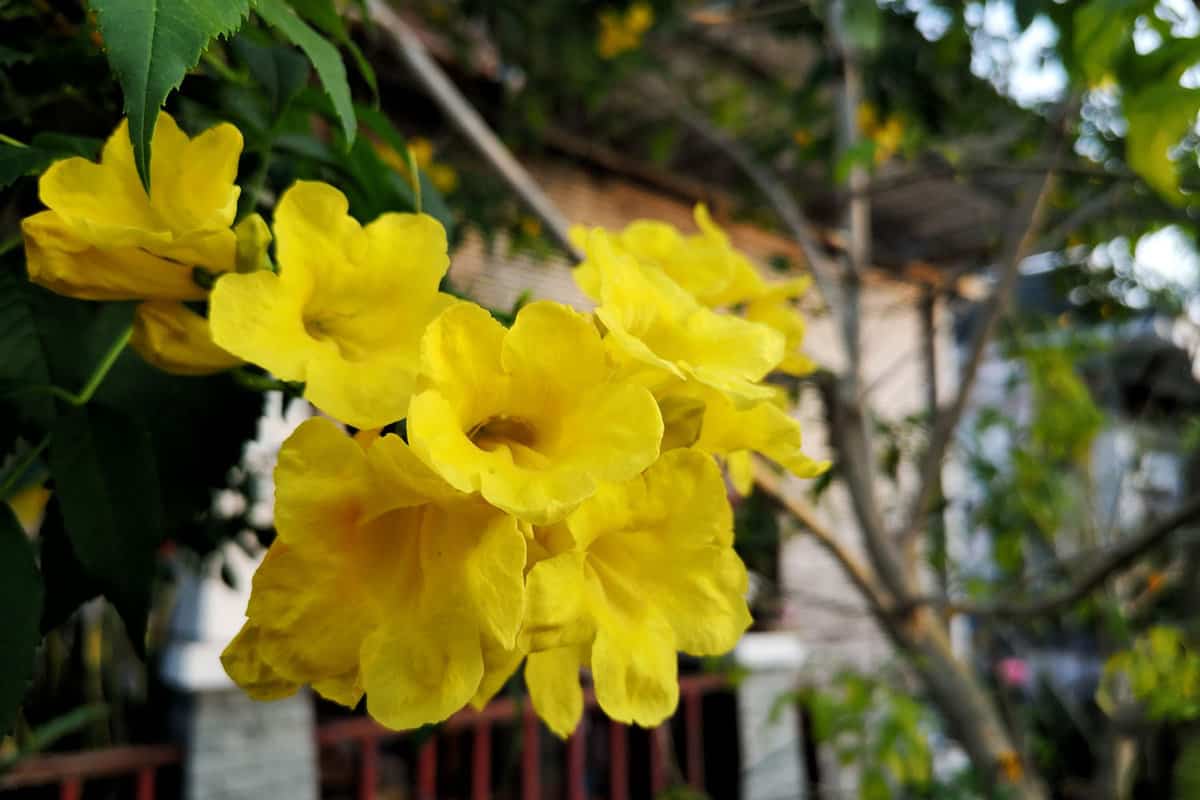
Yellow Elder can tolerate temperatures as low as 30 °F (-1.1 °C) and prefers well-drained soil and full sun.
Indulge in these articles:
Can Coconuts Grow In California?
Man vs 100 Ft Palm Tree In Viral Video: Terrifying Encounter
How To Make A Coconut Bonsai Tree
Hello, Paradise!
Zone 10a offers a tropical oasis for gardening enthusiasts with its warm and favorable climate. From the exotic Bird of Paradise and Plumeria to the colorful Croton and Lantana, these 17 best plants bring lushness, vibrancy, and a touch of paradise to Zone 10a gardens.
You can create a vibrant and thriving tropical haven in your outdoor space by selecting plants well-suited to the region's temperature range and soil conditions.
When incorporating these plants into your Zone 10a garden, consider their specific needs, such as sunlight requirements, water needs, and soil preferences.
By providing optimal growing conditions, you can ensure the success and beauty of these plants, creating a lush and inviting landscape.
Whether you have a small balcony garden or a spacious backyard, these plants will thrive and bring joy with their stunning blooms, captivating foliage, and wildlife-attracting qualities.

That is not a coconut palm, it is a date palm
Thanks, Bob! We have updated the photo.
Possible to use “All Gold’ Japanese Forest Grass in my front yard partial sun landscaping?
Im looking for an evergreen shrub that is pruned to a pyramidal shape for zone 10A.
Any suggestions?